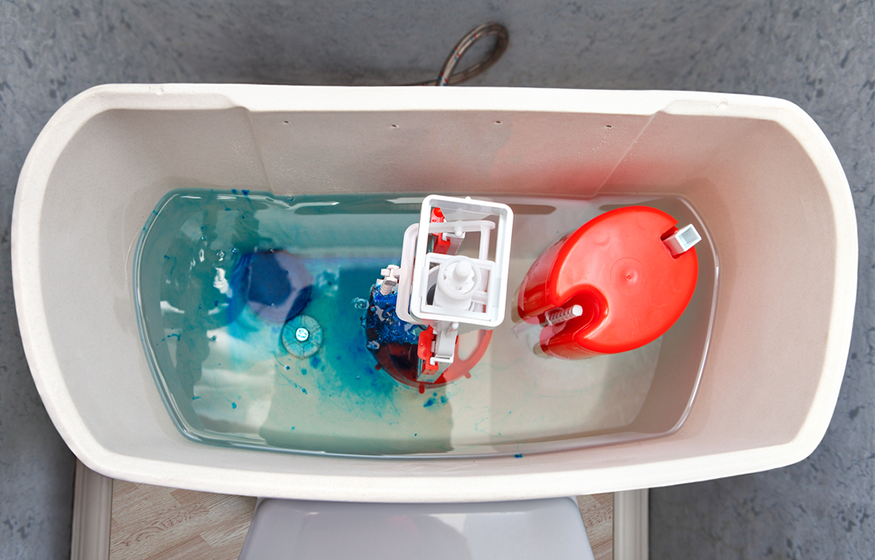Toilets are a fundamental part of modern households, ensuring hygiene and convenience. Yet, like any equipment, they can malfunction occasionally. One of the most common issues homeowners face is a running toilet caused by a faulty flapper. Understanding how to tackle the problem by adjusting the toilet flapper is crucial. This guide is designed to…
READ MORE PLUMBING ARTICLES
By Made’s Plumbing
Ensuring Safe Water in Arlington, TX With Service Line Inspections
Headline stories like what happened in Flint, Michigan several years back have been a reminder…
Plumbing Myths in Arlington, TX: What Property Owners Should Know
Since the time we’re kids we hear all kids of plumbing myths. From the ridiculous,…
What to Do in a Plumbing Emergency: Tips for Arlington Residents
Experiencing a plumbing emergency in your Arlington, TX home is way more stressful than regularly…
Drop Us a Line!









